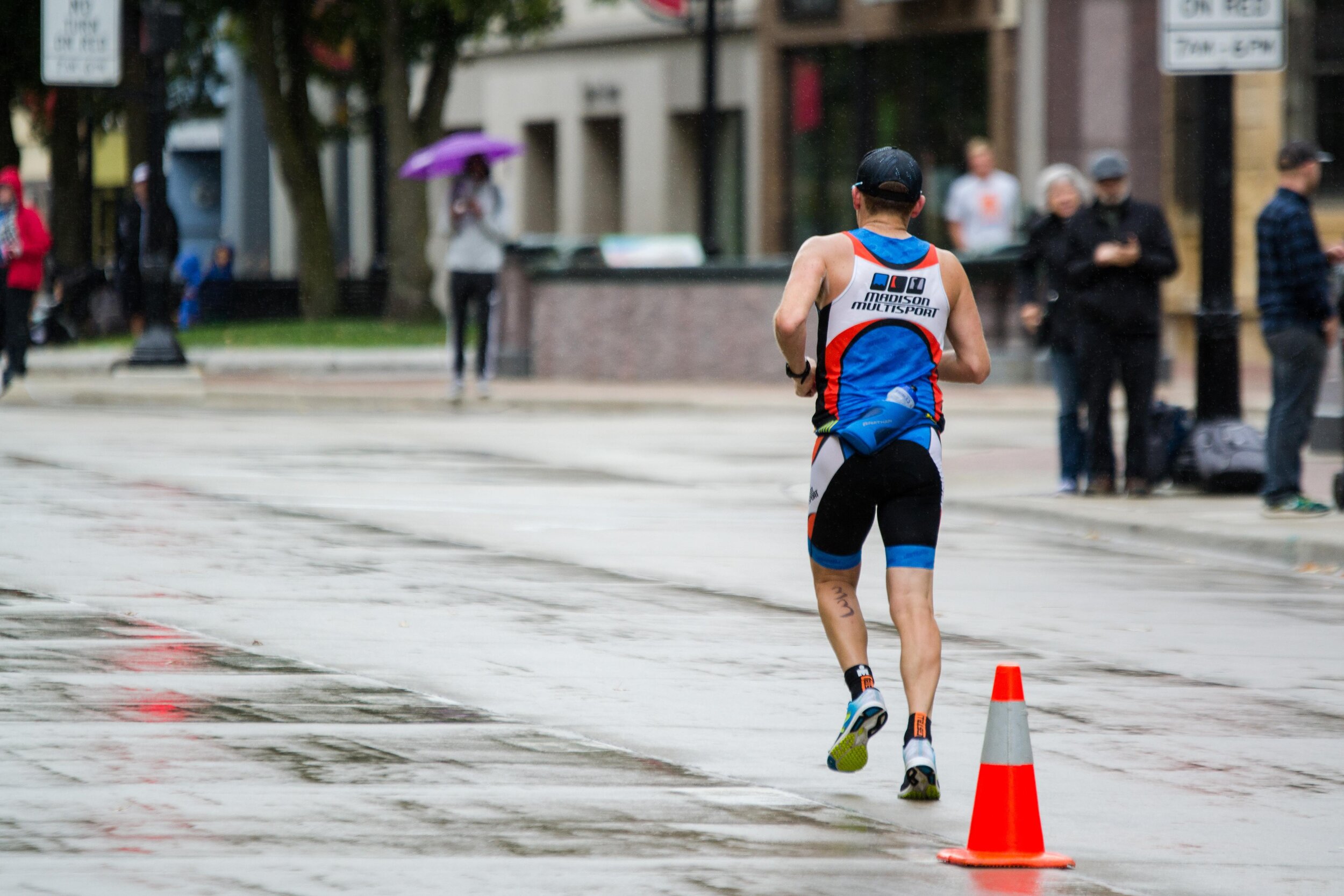You are not trying hard enough, plain and simple. You want to see improvement, but you are scared of the effort it will take. You are afraid of committing to a process that may not pay off.
The first step required is that you need to know your baseline fitness. This is critical for your development. Unfortunately, the first step is avoided because you don’t want to “see how slow I am.” The truth hurts but is also motivating. The downfall of avoiding these baseline tests is that you are left guessing. Even worse is believing that you hold the same fitness all year long.
When you are continually guessing, you have no way of measuring improvement, or your “improvement” goes in imaginary waves. The second option, you over guess your fitness and you end up injured. The third option, you continually undertrain and never see improvement.
Every athlete I’ve been fortunate to coach has wanted to improve.
If you are an athlete who has a habit of saying, “I feel like I’m not improving,” you need something measurable. Going off of a feeling isn’t measurable, its inconsistent and not reliable. You need concrete numbers that you can measure so you can SEE your improvement.
What does this process look like?
Swim Example:
Every 4th week you complete the same swim set of 10x100 R:20, and the goal is to swim the best possible average across all 10. The 1st time you do this set you average 1:50s. After the swim set you evaluate your pacing and effort. Did you start too easy or hard? Was I consistent or did I slow down?
In 4 weeks you do the EXACT same swim set, 10x100 R:20 and you aim to average a faster pace across all ten and correct any pacing/technical errors you made the first time you attempted this set. If you try again and average 1:47s, you are getting faster. If you average 1:50s again, you need to adjust your training in a certain way.
Run Example:
This depends on the type of athlete and what you are looking to achieve. If you are very good at short distance events, I will challenge you to do 3x1 Mile best average R:3. If you are someone who loves the long run, I challenge you to do 12x400m R:1.
The same idea applies for the swimming example, every four weeks you attempt the same workout looking to get faster with consistent execution.
The benefit of doing workouts like this are:
You and your coach get to see your improvement. If there isn’t an improvement, then you evaluate your training or mindset and make tweaks to make yourself better.
You will race better. These sessions are considered “Test Sessions,” and you should be slightly nervous before you start them. Its good to put pressure on yourself because it’s the same pressure you will have on race morning. Practice how you will race. Don’t always live in your comfort zone, and growth doesn’t live there. Complaining, plateaus, and burnout does.
What is the appropriate amount of improvement every year? This will depend on the training age of the athlete. A newer athlete in a specific discipline will improve in larger chunks than someone who has been training in a specific discipline for ten years. Regardless, the improvement rate is between 2-5% every year. Again, this will vary for different levels of athletes.
I’m talking about this because I often hear athletes say, “I was expecting more”. Many times athlete's expectations are unrealistic or they are comparing their-self to a different, more capable athlete. This is too common and is the road to constant dissatisfaction. How many of us have started the season excited to tackle our new, big, exciting goals? Then two months in feeling like they want to quit and are unhappy? This is common because you have realized your goals are not achievable and you become unmotivated.
If your current threshold run pace is 8:00 per mile, in a year from now I would like to see you at a 7:40-45 per mile at threshold pace. This is realistic; anything better is a bonus. However, thinking you will improve from 8:00 pace to 7:00 pace will lead to injury and constant frustration.
I started this article saying you are not improving because you are scared of the commitment needed to improve. This uncertainty is caused by not having correct paces, goals, and expectations. When you have these, you develop a clear path of where you are, where you want to be, and how long it will take. When you have all of these, you are ready to commit.

